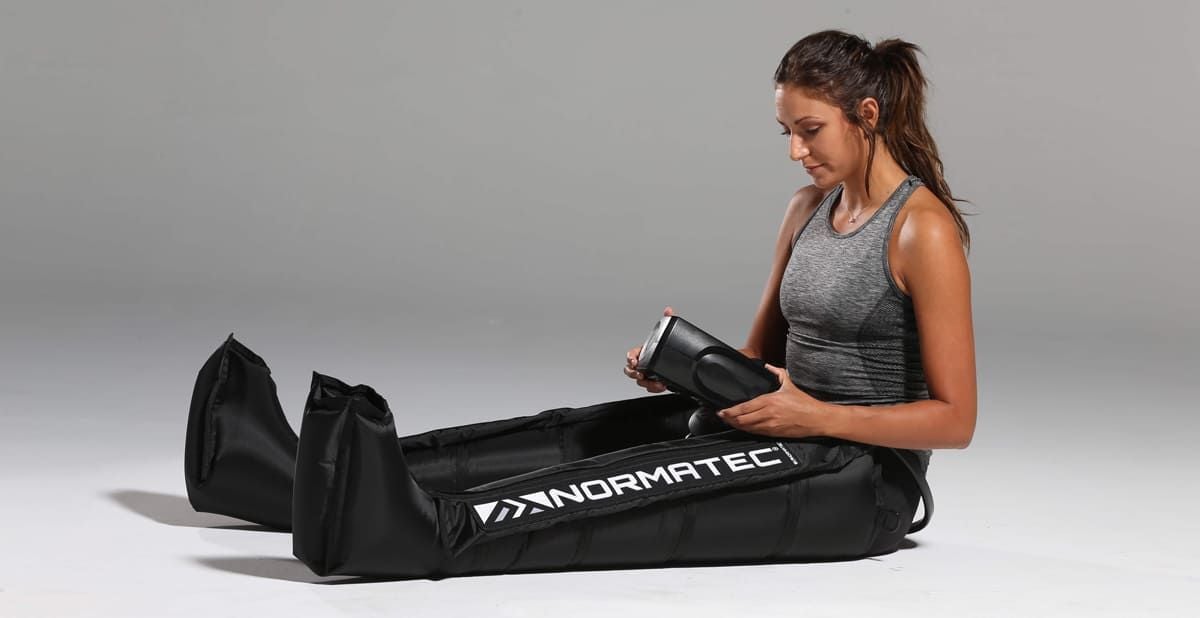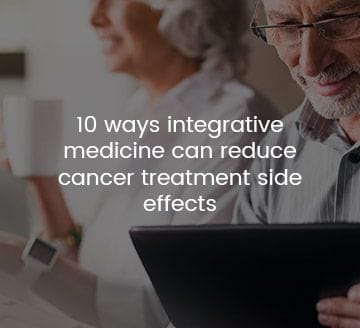)
Breast Cancer - It's Not All About The Oestrogen
When someone is diagnosed with breast cancer, they undergo a biopsy during which 3 receptivity markers are tested: ER (oestrogen), PR (progesterone) and HER2 (human epidermal growth factor). Each of these can be positive or negative, suggesting whether cancer cells are receptive to these hormones. This defines the type of breast cancer present.
Most common types of breast cancer are:
- ER/PR+ve HER2 -ve (70-80%)
- ER/PR-ve HER2 +ve (20%)
- Triple negative (meaning all the three above are negative) and basal-like (around 10-20%)
- Triple positive (10%)
The treatment and prognosis for all of these is different.
Preventing recurrence of ER+ve breast cancers
ER+ve breast cancers make up about 70-80% of all diagnosed breast cancers in Australia. Current medical interventions focus completely on the oestrogen, either blocking its synthesis (eg Aromatase Inhibitors) or preventing the binding of oestrogen to receptors in target tissues (eg Tamoxifen).
However, neither of these drugs address the oestrogen that is already stored in the body, or the metabolism of oestrogen, that we know occurs in the liver through specific detoxification pathways.
So what is Oestrogen doing?
Oestrogen is a growth promotant, and is responsible for female secondary sex characteristics such as breasts and hips.
What influences oestrogen levels:
- Some women are naturally more 'oestrogen dominant' (this can be assessed through testing)
- External, environmental hormone disruptors that have oestrogen-like effects: eg parabens, phthalates, BPA, smoked meats, glyphosate.
- Liver function!
Oestrogen, like other hormones and toxins for that matter, needs to be metabolised (broken down) via the liver. There are multiple pathways that oestrogen can take, some of which make it inactive and allow for safe excretion (this is what we want). However some pathways push oestrogen toward active and dangerous metabolites, which can damage cell DNA and significantly increase the risk of cancer.
We want to appropriately shift the metabolism away from the dangerous active metabolites to inactive metabolites, which is a very important part of risk reduction for ALL women.
There are a number of pathways in the liver that can be supported nutritionally to support this. Specific functional testing may be recommended to make fully informed treatment decisions.
Functional foods are also a great way to support liver function and oestrogen detoxification. Try to incorporate some of these into your diet every single day.Functional foods that support oestrogen detoxification:
- Brassicas, eg broccoli, kale, Brussels sprouts, cauliflower and especially broccoli sprouts every day
- Foods rich in B complex Vitamins, eg brown rice, barley, millet, legumes, nuts and seeds, mushrooms
- Foods rich in glutathione: asparagus, spinach, garlic, squash, zucchini, potatoes, avocado, grapefruit, strawberries and peaches
- Selenium rich food: fish, shellfish, eggs, Brazil nuts (imported)
- Fibre rich foods, eg wholegrains, legumes, nuts and seeds, vegetables
Additional, and very important factors other than Oestrogen that play a role in the development and recurrence of breast cancer.
And many of us tick multiple of these boxes...
- Weight and central adiposity, sedentary lifestyle
- Alcohol intake
- Dysregulated metabolism and insulin resistance
- Chronic stress
- Social isolation
- Immune issues
- Oxidative Stress
- Inflammation
- Gene expression and DNA repair
But do not despair!
All of these can be managed and influenced to reduce your risk. You can take an active role in the known evidence-based preventative strategies for enhanced wellness and peace of mind. And this is applicable whether you have had a cancer experience, whether you have a family history of cancer, or whether you simply want to do everything you can to take you health into your own hands.
Call us to chat to Tanya or Shala to discuss further and make a plan towards wellness.


)
)










Tags: